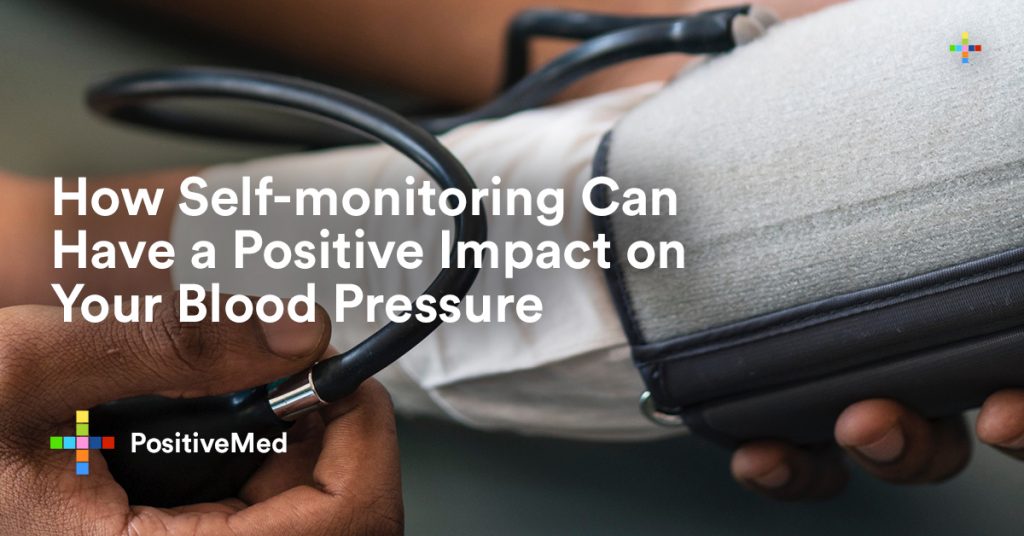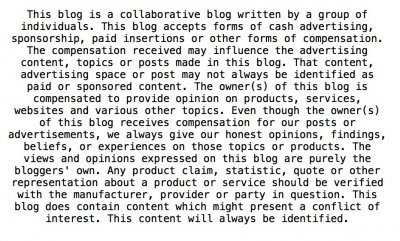High blood pressure, or hypertension, is one of the most widespread conditions with a shocking 1 out of 3 adults over 25 years affected globally. Hypertension is a silent killer because it often has no early significant symptoms, but it is the direct cause of more than 10% of worldwide deaths. Maintaining a healthy blood pressure can, therefore, improve your life expectancy.
Why you should read your blood pressure at home
A first step to get grabs on your blood pressure is regular self-monitoring. Not only is self-monitoring required to observe the values of your condition over time
Another side effect of home-monitoring is that you avoid running into the risk of being falsely diagnosed with high blood pressure. As a matter of fact, many patients exhibit higher than usual blood pressure numbers at doctor’s exams due to nervosity, an effect that is also known as white coat hypertension.

Prerequisites for home-monitoring
To home-monitor your blood pressure you need to purchase a blood pressure monitor. A home monitor is especially useful for patients who are starting with high blood pressure treatment, pregnant women (as pregnancy-induced hypertension can develop rapidly) and people who may be affected by white coat hypertension.
Before buying a new device, make sure that the selected blood pressure monitor is accurate. A recent study found that a shocking 7 in 10 blood pressure monitors did not provide accurate readings within a deviation corridor of ±5 mmHg. Even worse, 3 out of 10 blood pressure monitors were on average off by more than 10 mmHg. Therefore, you should check that your blood pressure monitor meets the AAMI (Association of Medical Instrumentation) standard which requires accuracy to be between ±5 mmHg.
How to use a home monitor
When using a home monitor you need to make sure that you follow some basic guidelines to avoid inaccurate readings:
• Be still: don’t drink caffeinated beverages, don’t smoke and don’t exercise 30 minutes before taking your blood pressure. Rest for at least 5 minutes on a chair before measurements.
• Position yourself correctly: make sure to sit back straight, e.g. on dining chair, and put your feet flat on the floor. Do not cross your legs. Lay your arm on a support surface like a table. Place the blood pressure cuff about two finger widths above the bend of your elbow.
• Always measure at the same time of the day: your blood pressure can vary throughout the day. Therefore, it’s best to measure your blood pressure every day at the same time, e.g. in the morning after getting up and before breakfast.
Evaluating and documenting your readings
Readings can be classified into a blood pressure range from hypotension (low blood pressure) to severe hypertension. In general, your blood pressure is considered as normal if it is within a range of 90-120 mmHg systolic and 60-80 mmHg diastolic.
It is important to record your results to observe the development of your blood pressure over time. Mobile apps can give you a helping hand. The blood pressure app Cora, for instance, allows you to record your numbers and provides useful feedback such as the current blood pressure stage you are in or blood pressure charts.
Additionally, the Cora app encourages you to attain a healthy lifestyle to improve your heart health. To live a heart-healthy life, you should exercise regularly (at least 150 minutes per week), take more time to relax (yoga or meditation can help) and attain a balanced diet with sufficient supply in vitamins and minerals like potassium and magnesium.







